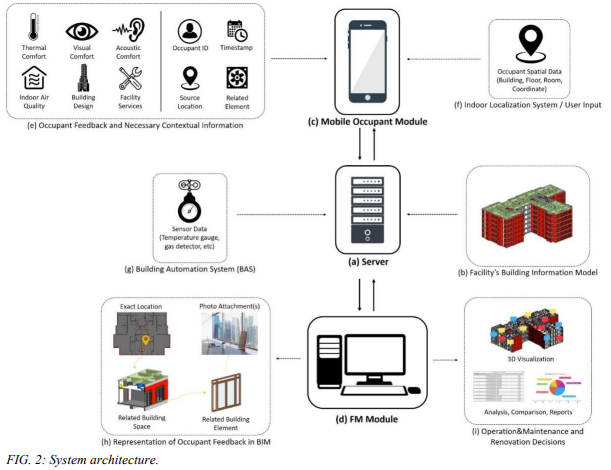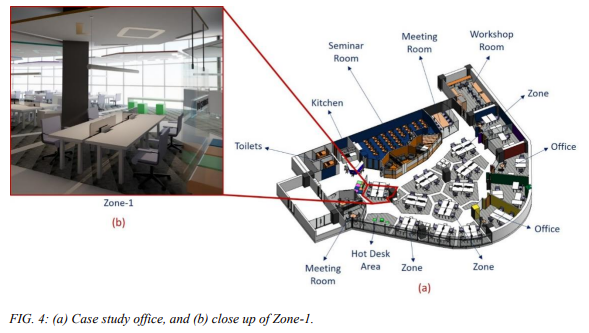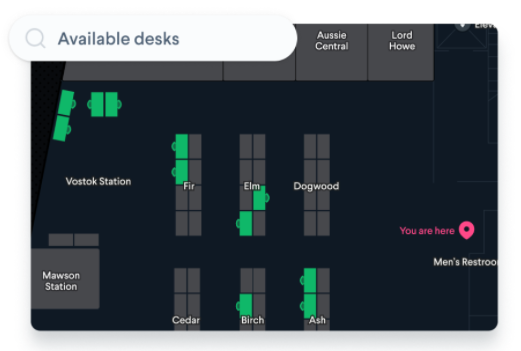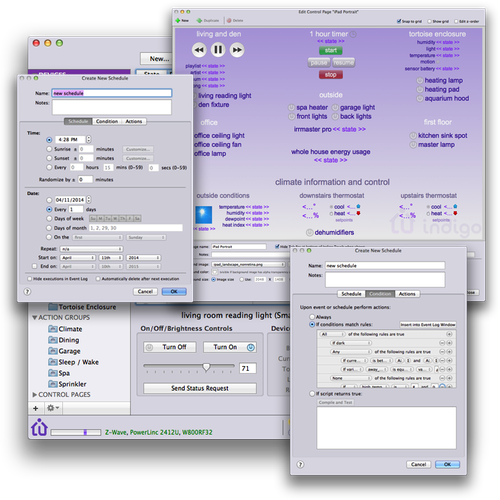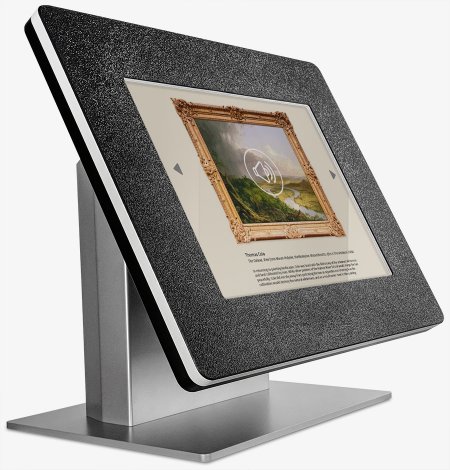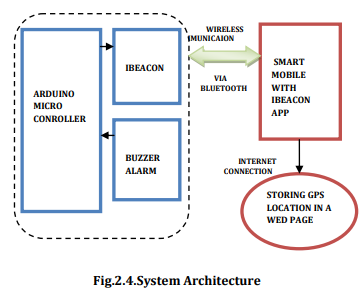Smart space management refers to the use of technology to optimise the use and efficiency of physical spaces such as buildings, offices, factories, and other facilities. This involves integrating various systems such as lighting, heating, ventilation, and air conditioning (HVAC), security, and occupancy sensors, to create a more intelligent and responsive environment that can adapt to the needs of users and the environment.
The benefits of smart space management include improved energy efficiency, reduced operating costs, enhanced security and safety, increased productivity and employee satisfaction, and better utilisation of resources. By using real-time data from sensors and other devices, smart space management systems optimise the use of space, automate routine tasks, and provide valuable insights into how spaces are being used, enabling better decision-making and resource allocation.
Bluetooth beacons can be used for smart space management by providing a way to track and monitor the location of people and assets within a space. Beacons are small, low-cost devices that use Bluetooth technology to communicate with other devices such as smartphones, WiFi gateways, and other connected devices. By placing beacons throughout a space, it’s possible to track the movements of people and assets, and gather data on how spaces are being used.
For example, beacons can be used to track occupancy of employees within an office building, enabling more efficient use of meeting rooms and other shared spaces. They can also be used to monitor the movement of equipment, machinery, goods and materials. Additionally, beacons can be used for indoor navigation, providing visitors with directions to specific locations within a building and helping to improve the overall user experience.
